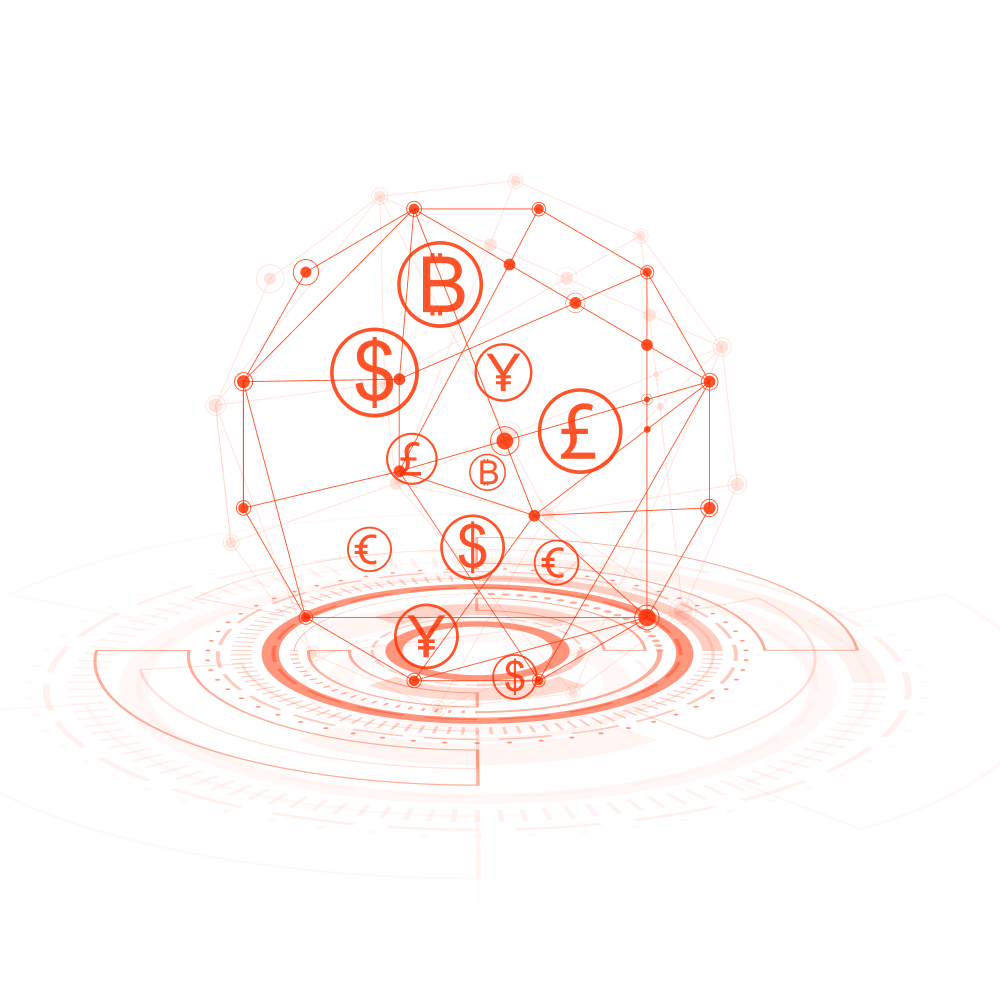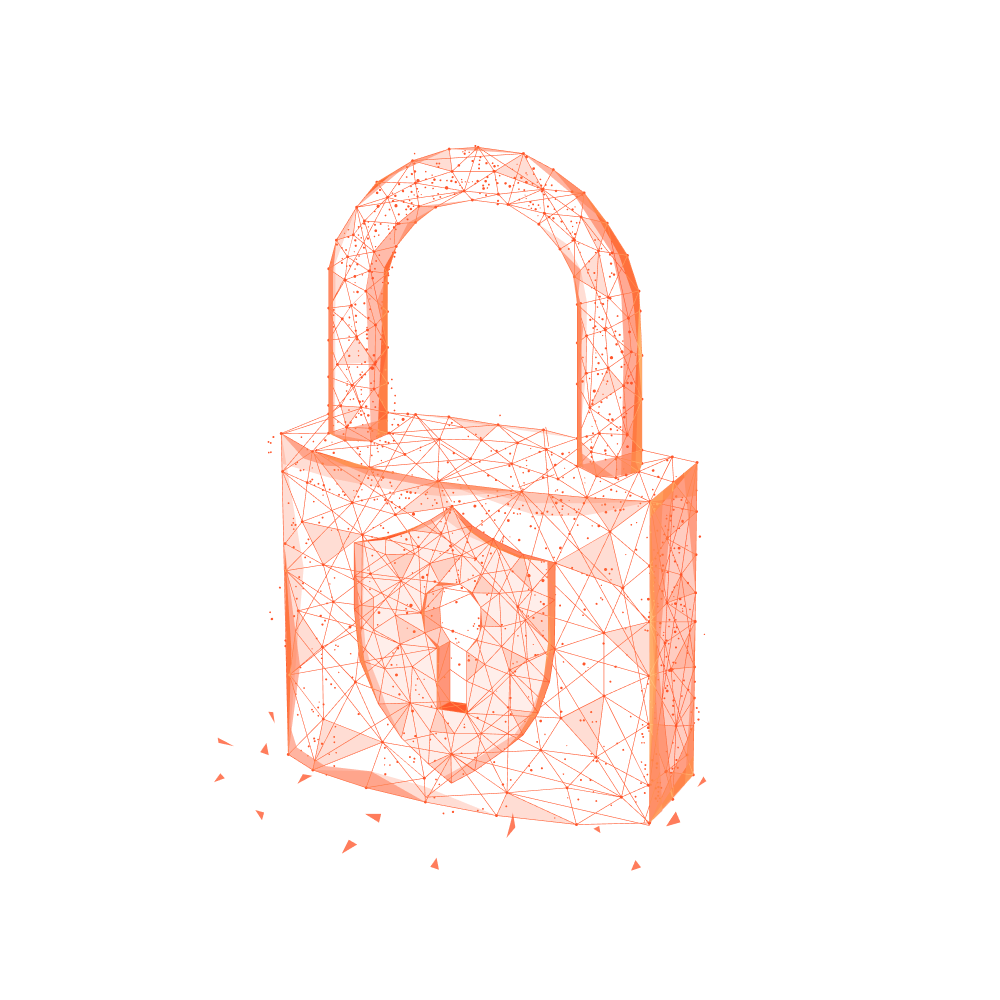For many with financial services and payments backgrounds, blockchain may be unfamiliar and seem to present a steep learning curve. However, it doesn’t have to be that way. We’ve created a glossary of blockchain and crypto terms to help you better understand this exciting new world.
When Satoshi Nakamoto first sent ten bitcoins to Hal Finney in 2009, the first reusable proof-of-work system for blockchain was borne. Since then, Distributed Ledger Technology (DLT) has gained in popularity, with cryptocurrency, the most mature use case for blockchain, reaching a cumulative value of 2 trillion USD in 2021. Blockchain technology has the potential to revolutionise financial services by making transactions more secure, cheaper and efficient by using smart contracts reduce the reliance on intermediaries.
Address
In brief: An alphanumeric string which enables the identification of a sender or receiver of cryptocurrency on a blockchain network.

Backed stablecoins
In brief: A stablecoin backed by collateral held in a reserve.
Backed or collateralised, stablecoins, are tokens that are backed by other sources, including fiat currency, other cryptocurrencies, precious metals and algorithmic functions. They are used as a blockchain-native way to transact real money in a variety of situations. Although the regulatory regime for commercial stablecoins is still evolving, they are essentially equivalent to bank money or e-money – that is, they are a claim on the issuer. Legislation that defines the requirements for becoming a regulated issuer is not yet in place.
Examples of backed stable coins include USDC, USDF, EURS and GYEN.

Blockchain networks
In brief: A blockchain network is a technical infrastructure that provides ledger and smart contract (chaincode) services to applications.
Blockchain networks differ from traditional payment networks in significant ways. They have no core processing or switching capability, for example. Instead, transactions are all written to a shared transaction log, and balances are derived from that data.
This means that blockchain networks ensure the consistency of transactions that are entered on different parts of the network. They achieve this using “consensus algorithms,” which are procedures through which all the peers of the blockchain network reach a common agreement about the present state of the distributed ledger. Consensus algorithms vary widely in their speed, security, transaction fees and energy impact, and are an active area of research. No single solution is dominant as yet.
Central bank digital currency (CBDC)
In brief: A stablecoin, issued by a central bank, which directly represents money in the currency of that country.
Today, many central banks are experimenting with CBDCs, and there is much ongoing research into their design, benefits and other and likely impact. Some smaller countries have already issued a CBDC, and China’s large-scale pilot in several cities may lead to the country becoming the first major economy to launch a CBDC (the “eCNY”). As of November 2021, the eCNY had 140 million users, 10 million merchant accounts, 1.5 million merchant acceptance points and accounted for $9.4bn in transaction volume.
Cryptocurrency
In brief: A digital currency that uses cryptography to secure transactions.
Cryptocurrencies exist purely on blockchain and are not backed by any other asset. However, they can exchanged for money, and their value changes with (principally) demand and usability. Cryptocurrencies are used primarily as high risk / high return investment vehicles, and their regulation varies widely by jurisdiction. Examples of cryptocurrencies include Bitcoin and Ethereum.
Custody
In brief: The process of securing assets from theft.
In the traditional banking system, consumers gain access to their account by authenticating themselves in one of several ways – through biometrics, for example, or 2-factor authentication. As a last resort, a customer can visit a branch with their identity documents.
With cryptocurrency, though, the situation is quite different. Access to cryptocurrency is controlled by a single factor: a digital code, known as a private key. If a third party knows a customer’s key, they can gain full control of the account. If the customer loses their key, all cryptocurrency funds become irretrievable.
This means that the storage and protection of private keys is a critical issue. However, there is no standardised approach to this. In the case of exchanges, the exchange holds the key on the customer’s behalf, and transactions can be made – as with a traditional bank – only after an authentication process. However, many users prefer to hold their own keys, in their own choice of digital wallet. The procedures and technologies for securing private keys varies from wallet to wallet.
Given the diversity of approaches to securing private keys, it is not easy to create consistent, low-friction payment experiences.

Digital wallet
In brief: The consumer application used to hold cryptocurrency.
A digital wallet can be a mobile app, a desktop application (often with a USB key for security), or a web-based application. Most exchanges have their own wallet software.
Wallets vary widely in their functionality. At the very least, they allow users to check their balances and send/receive cryptocurrencies
Exchange
In brief: An online marketplace where users trade cryptocurrency.
In the world of cryptocurrencies, exchanges operate in a similar way to banks – they allow customers to buy and hold crypto assets through web and mobile interfaces. Typically, they also have similar KYC processes to banks, although some exchanges are fully anonymous.
Exchanges are based in various countries, chosen on the basis of their target customer base and the regulatory regime. Currently there are around 1000 exchanges worldwide, the largest of which include Coinbase, Binance, Kraken and Gemini. The market is dominated by the top ten.
Gas
In brief: The fees paid (in native cryptocurrency) by users to interact with the network.
Gas is essentially a transaction fee on a blockchain network. Gas is paid to a subset of nodes that work on the consensus algorithm, usually called ‘miner’ nodes or ‘validators’. Gas fees vary very widely between blockchain networks, from negligible to over $50 per transaction, and are usually a function of transaction volume – in general, they get higher as the network gets busier.




